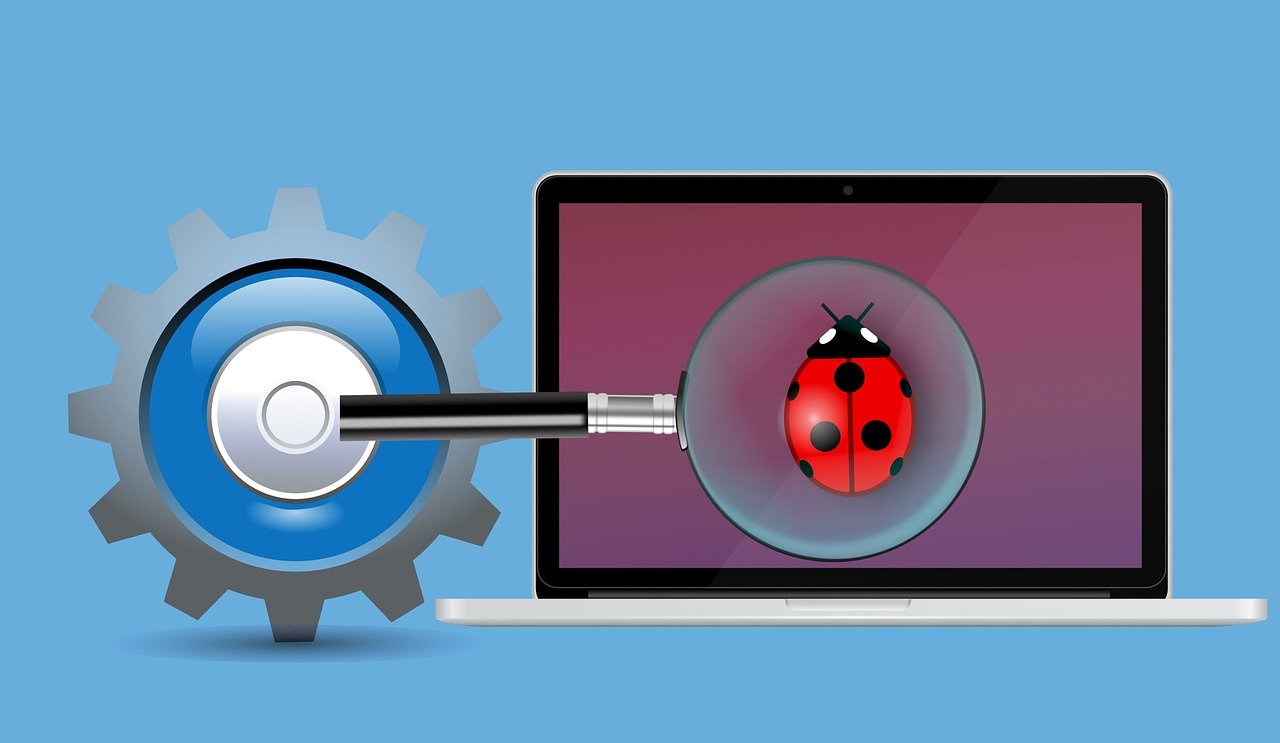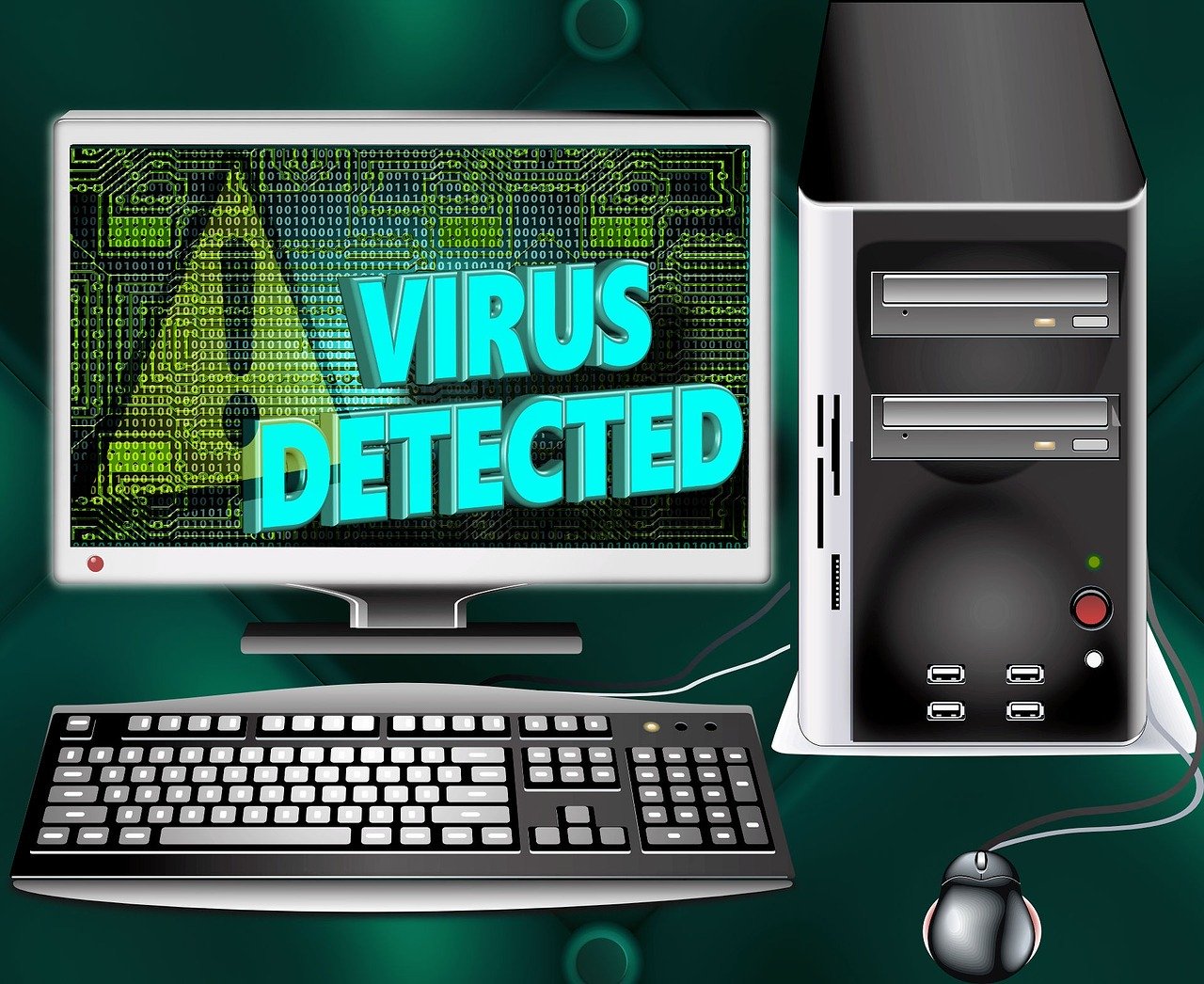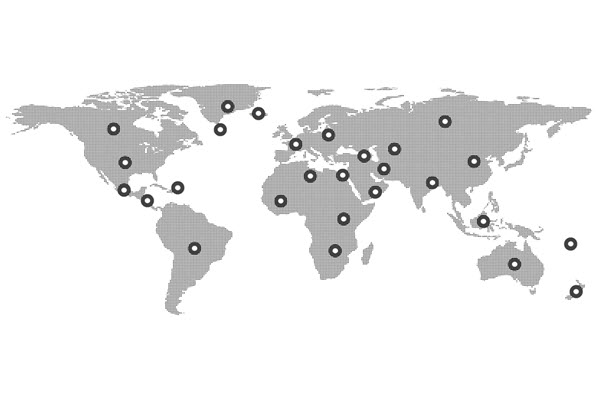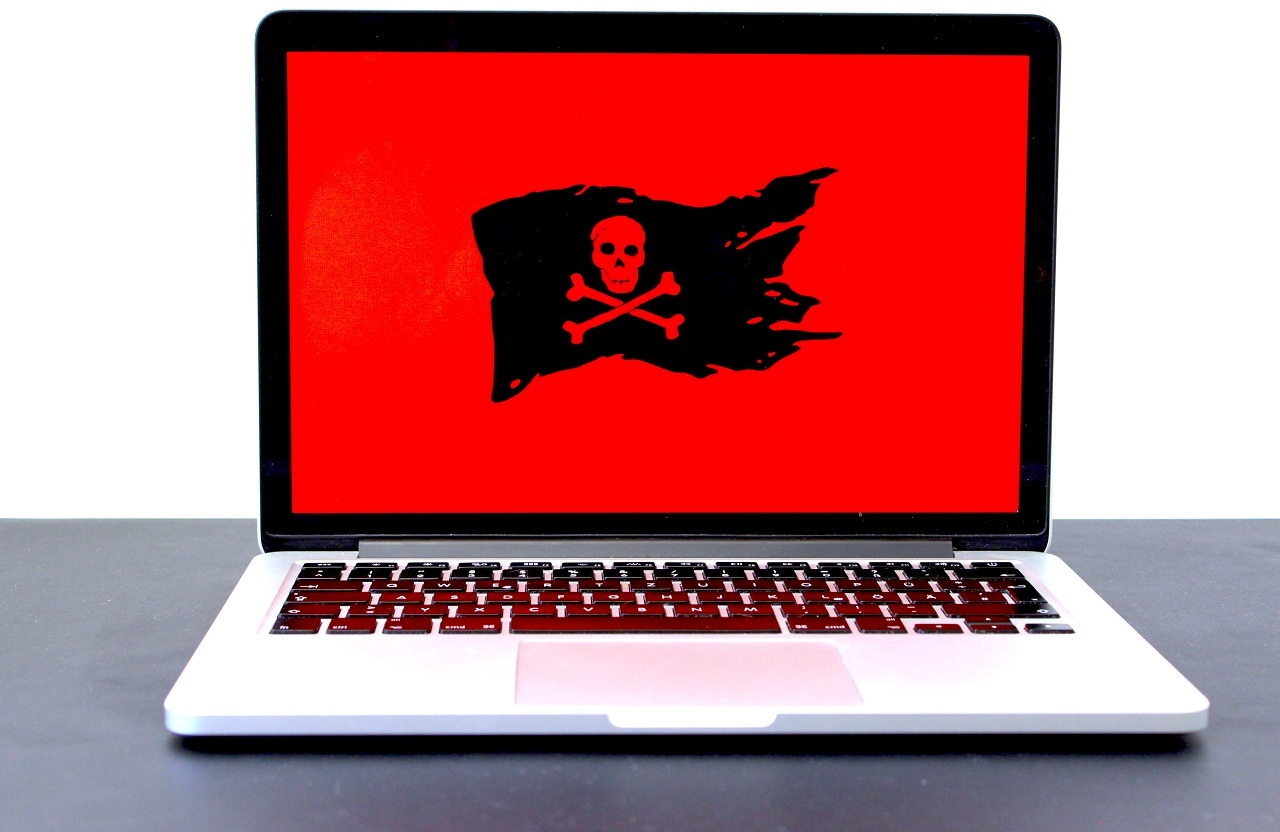According to a White House report, the economy loses up to $106 billion in malicious cyber activity every year. The extent of the damage caused by malware depends on several factors, such as whether the affected devices belong to a corporate or home network, the nature of the data stored on the affected devices, and the specific type of program used to infect these systems.
While the results of some attacks are imperceptible to the users of these systems, some malware can have far-reaching effects for both home users and those on a corporate network. But what is malware, and why is it dangerous?
This guide explores the answers to these questions in-depth.
What Is Malware – The Genesis
The word “malware” is short for “malicious software.” These are essentially third party computer programs that are specifically designed to infiltrate computer systems without the user’s knowledge or consent. Malware is the umbrella term that encompasses all the different types of threats to computer system security.
You’re now likely asking, “Where does malware come from?” The genesis of computer viruses and other malware dates back to the early 1980s when young programmers (some of whom were still teens at the time) created malicious programs as pranks to annoy internet users and just to see how far the viruses could spread.
They clearly didn’t understand the far-reaching implications their actions would have on cybersecurity several decades later. Experts have good reason to believe that the amount of malicious software being released on the web every day might surpass that of legitimate software.

Types of Malware
The web is full of different types of malicious software, with each one designed to do something different. Here’s a brief overview of the three classes of malware and how they work.
1. Contagious Threats
These consist of viruses and worms and are designed to infect the computer system and spread throughout the network without the user’s knowledge. A virus first embeds itself on authentic programs, which, when run by the user, spreads to different sectors of the computer system.
Worms, on the other hand, are similar to viruses, with the only difference being that they spread throughout the system without the user’s intervention. Viruses and worms are both created with malicious code whose sole purpose is to damage the computer.
2. Masked Threats
Trojan Horses and Rootkits are both malware, that fall in the category of masked threats. They are designed to hide malicious attacks on computers. Trojans disguise themselves as benign software to get users to download and install them in their computer systems.
But, instead of running a legit program, users unwittingly end up infecting their computers with malware. Rootkits work a little differently.
They don’t contain any damaging code but instead work to conceal malware. This makes it impossible for malware detection and removal programs to find and exterminate them.
3. Financial Threats
Spyware and keyloggers fall in this final category of malware. They are notorious for instigating malicious attacks on computer systems through phishing, identity theft, and social engineering, all of which are designed to steal money from unsuspecting individuals, banks, and businesses.

Spyware is the most common internet threat, in addition to being the most difficult to detect. They work by tracking a user’s internet activity to steal their login credentials, internet usage data, and other sensitive information. This is then sold to advertisers, relayed to data firms, or handed over to any other third-party users who might be interested in such data.
Spyware is also used by hackers to steal credit card and banking information, which is then used to siphon money. Keyloggers, on the other hand, are a type of malware which, when installed on a computer, log the keystrokes, messenger dialogs, emails, websites visited, and programs run on a particular device.
Malware Removal
Before embarking on a malware removal exercise, you first need to establish that your system has been infected. Some of the symptoms you need to look out for include the following:
- Your device is running at much slower speeds than it did in the past
- Your device constantly freezes up or crashes unexpectedly
- Your device is running low on memory, and you can’t explain why
- Pop-up ads appear both when the device is connected to the internet and when it’s offline
If your computer is experiencing any of the above symptoms, then you might have a malware infection on your hands. The best course of action to take at this point would be to install and run a malware scanner program to identify and remove malicious programs that pose a huge risk to your system integrity.
This tool is usually integrated into robust antivirus and anti-malware software. They offer real-time malware protection by continuously scanning the network data and computer systems for viruses, Trojans, spyware, and any other malware. If the executed scans reveal that the system is already compromised, they work to delete the offending programs.
Malware Prevention Tips
Getting rid of malware after it has inflicted extensive damage on your computer system can be a laborious task, to say the least. Prevention is always the best remedy against malware.

Here are the top 10 malware prevention tips you can use to keep your system in tiptop condition:
- Install antivirus or anti-malware software
- Always ensure that your antivirus is up-to-date
- Set up your antivirus and anti-malware programs to run regularly scheduled scans
- Update your operating system to keep it current
- Always connect to a secure network
- Stay away from websites that have pirated content
- Keep your details confidential and avoid using your real identity on online discussion boards
- Stay away from free public Wi-Fi (or do it through a VPN if you must)
- Back up your files regularly preferably in an external storage device
- Use strong hard-to-guess passwords and avoid using the same login credentials on multiple sites
Stay a Step Ahead of the Bad Guys
Most malware is designed to be malicious, while others are just downright annoying. But, either way, they all hurt your system performance and could have disastrous consequences on your financial wellbeing.
Furthermore, if you run a business, its reputation is in jeopardy if the worst happens, and sensitive customer data is breached. Guarding against malware is becoming increasingly complex as more sophisticated programs are developed. These are even harder to detect compared to the ones that existed a few years ago.
Get expert help today to keep your system secure.



Leave a Reply
You must be logged in to post a comment.